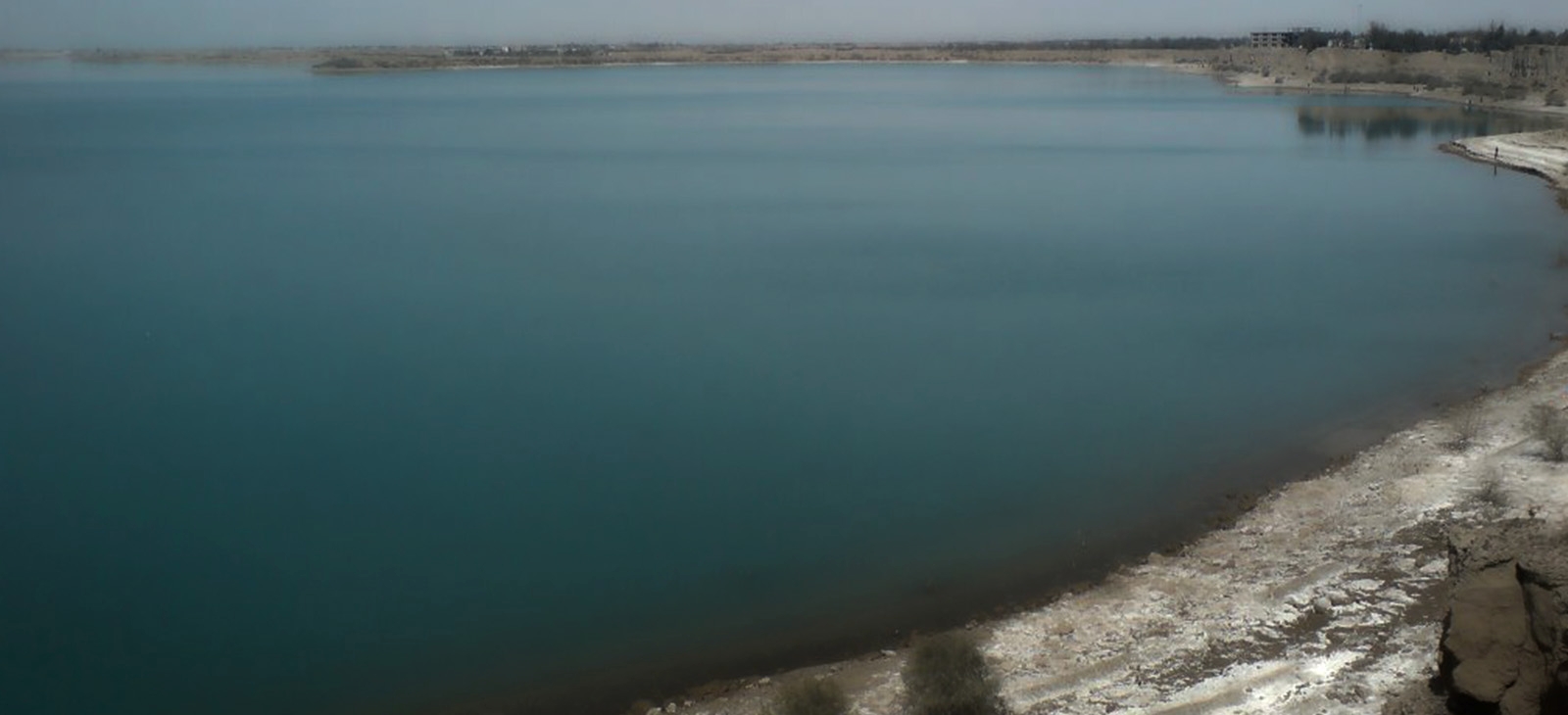Lake Hāmūn or Hamoun Oasis is a term applied to wetlands in endorheic Sīstān Basin on the Irano-Afghan border.
Lake Hāmūn or Hamoun Oasis is a term applied to wetlands in endorheic Sīstān Basin on the Irano-Afghan border. Hāmūn is generic term which refers to shallow lakes (or lagoons), usually seasonal, that occur in deserts of southeast Iran and adjacent areas of Afghanistan and Pakistan as product of snowmelt in nearby mountains in spring. The term Hāmūn Lake (or Lake Hāmūn) is equally applied to Hāmūn-e Helmand (entirely in Iran), as well to shallow lakes Hāmūn-e Sabari and Hāmūn-e Puzak, which extend into territory of present-day Afghanistan with latter being almost entirely inside Afghanistan. The Hamun is fed by numerous seasonal water tributaries; the main tributary is the perennial Helmand River, which originates in Afghanistan Hindu Kush mountains. In modern times, and prior to the existence of the dams for agricultural irrigation, spring floods would bring into existence much larger lakes.

